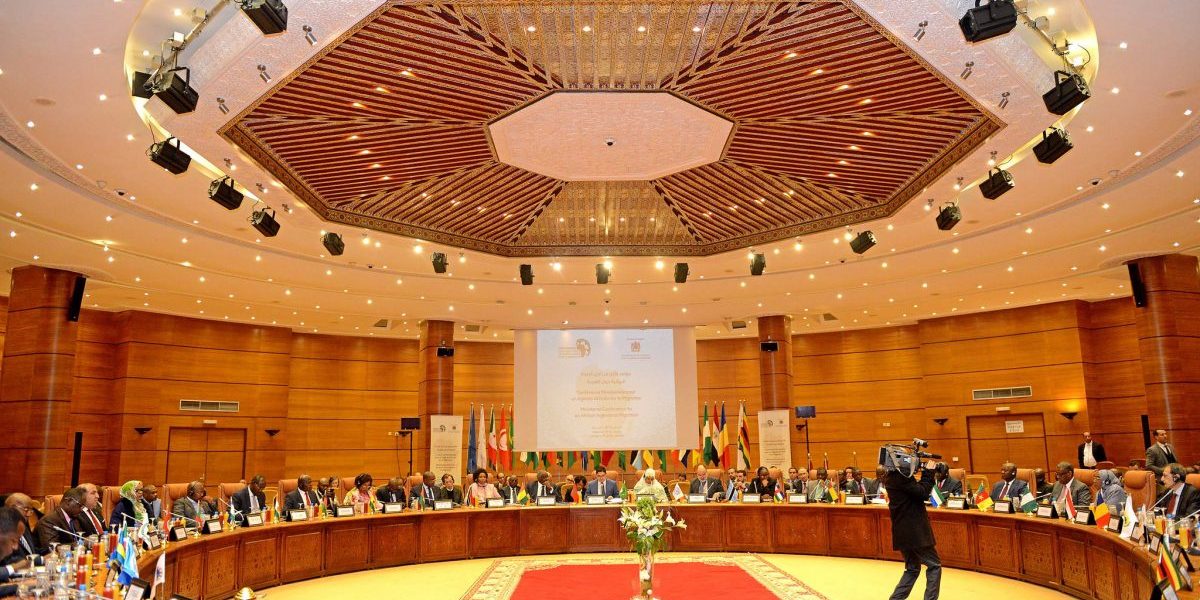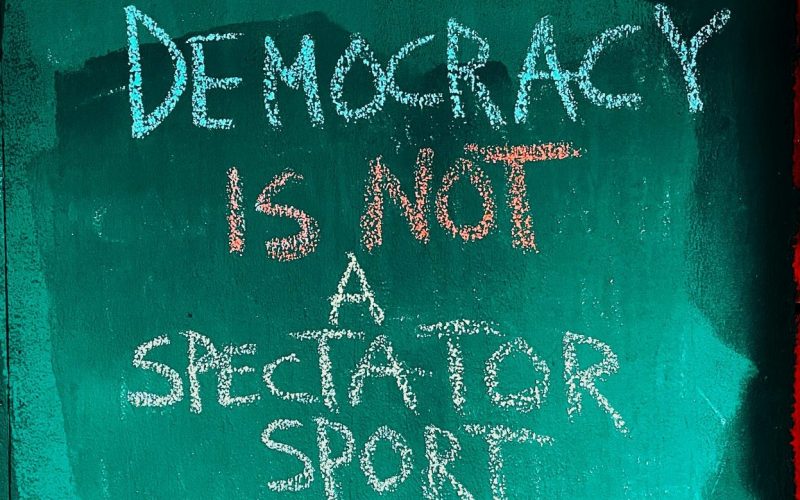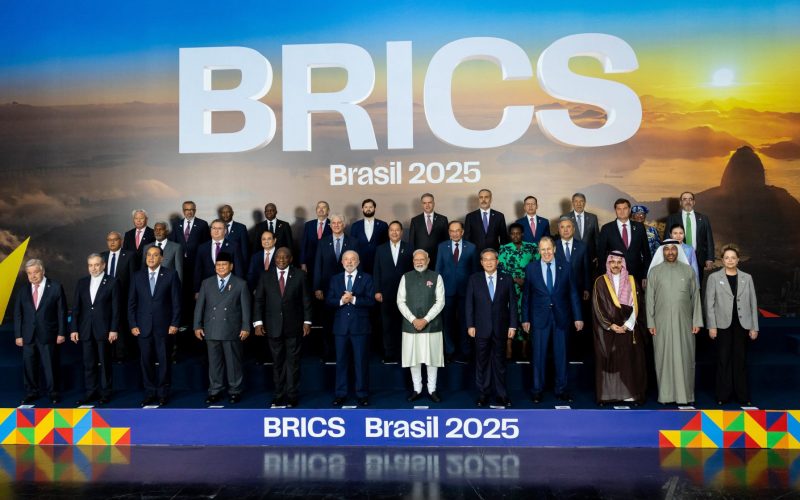But important work goes on each day, if a little slowly. For business, perhaps the most significant to date is the SADC trade protocol, which should create a free-trade area (or close to it) by next year. By then 85% of intra-SADC merchandise trade will be completely duty free, with the remaining 15% to be liberalised by 2012.
The point of liberalising trade is to integrate and enlarge markets. It is thus encouraging that intra-SADC trade has grown considerably in recent years, despite the ongoing debate that this has happened despite the trade protocol. All agree, however, that liberalising trade alone will not be enough. If we want a functioning common market in southern Africa, as most member states seem to desire, much more needs to change.
The SADC’s Regional Indicative Strategic Development Plan of 2003 recognises that trade is just the beginning. Macroeconomic policies, investment regimes, tax codes, labour market regulations, financial controls, legal frameworks and so on must all be liberalised, harmonised, and most of all, improved. Also, the institutional requirements to do all of this must be developed.
Enter the SADC finance and investment protocol (FIP), adopted at the Ordinary Heads of State Summit in Maseru last year. It hopes to “foster harmonisation of the financial and investment policies of the state parties to make them consistent with the objectives of SADC and ensure that any changes to financial and investment policies in a state party do not necessitate undesirable adjustments in other state parties”.
This is code for trying to prevent a regulatory “race to the bottom”. The FIP also hopes to help SADC market itself as a single investment zone, with common rules and regulations across the region, and common most-favoured-nation treatment vis-€-vis third parties. Finally, the FIP hopes to upgrade the regulation of inward investment by replacing the many and varied bilateral investment treaties SADC members have with each other and third parties (58 at the last count), and by ensuring disputes can be taken to international courts once domestic and regional avenues have been explored.
A prototype was presented to — and rejected by — SADC members in 1994 on the grounds that it was too sophisticated and too advanced for the state of play that then prevailed. Since then a softly-softly bottom-up process has been preferred. Eleven memorandums of understanding (MoUs) have been negotiated and signed, and now form the annexes of the FIP, which is legally binding on all members.
But it isn’t ratified yet. The central problem here is implementation: most members still aren’t comfortable with what the FIP will require them to do. Officials met late last month, behind closed doors, to discuss these issues.
One of the bigger headaches relates to the FIP’s annex concerning macroeconomic convergence. This is seen as a critical precondition to greater economic integration, especially of the financial and monetary variety, and thus successful FIP implementation. Four core targets have been set. By 2018 core inflation in SADC must be less than 3% annually, budget deficits must be less than 1% of gross domestic product, external debt less than 60% and current-account deficits less than 3%. Interim targets must be achieved by 2008 and 2012.
Needless to say, only a handful of SADC members are anywhere near reaching the first interim target. Unless much changes, the 2012 targets will likely be missed too.
The better-managed economies, like Botswana, SA, Namibia and Mauritius, are generally on track. But the poorer ones, like Lesotho, Swaziland, Angola, Mozambique, Malawi and Madagascar, are a long way off. Zimbabwe is barely mentioned any more.
More worrisome is that, according to research I was involved in, very few members are formulating macroeconomic policies with SADC priorities in mind. Those countries that will meet the targets will have done so because they have a track record of decent macroeconomic management and their national priorities happen to coincide with SADC’s (more or less). Those that are struggling are preoccupied with national development plans, multilateral donor requirements, and, too often, crisis management. Zimbabwe has launched no less than four macroeconomic policy packages since 1998.
Detractors accuse SADC planners of forcing a Washington consensus straightjacket on its members. They argue that the targets are too rigid and hopelessly unrealistic for at least half the membership. They’re probably right on both counts. But SADC is right to argue that some degree of macroeconomic convergence is necessary for deepened integration, which is what SADC leaders keep saying they want and what most economists would agree is a good idea.
But balancing the policy needs of such a diverse set of economies implies challenging politics. And this is only one of eleven areas in which the FIP demands progress. Perhaps we shouldn’t be surprised when the next summit communiqué doesn’t report much thereof.









